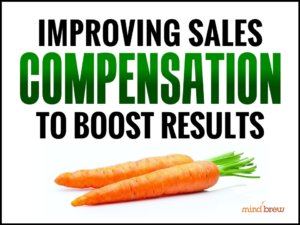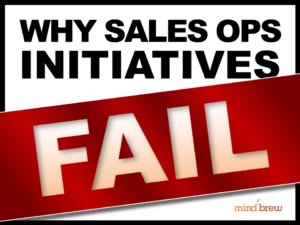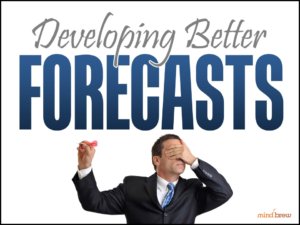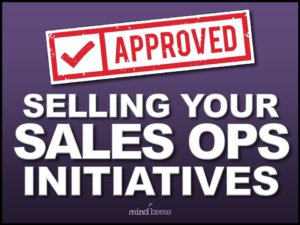For decades, a rumor has circulated and was even repeated in an episode of The West Wing that NASA spent millions of dollars developing a pen that could write in zero gravity. The punchline to the story is that the Russians didn’t spend millions. They just used a pencil.
This legend seems believable. After all, regular ball-point pens do not work in orbit, and the U.S. government overspends on all kinds of ridiculous items.
But it is actually false.
Even worse, this myth obscures the true story, which contains some very useful lessons.
In reality, a private company developed space pens at its own expense, and both NASA and the cosmonauts bought the pens for a couple of bucks each.
The U.S. space agency went looking for special pens only after both they and the Russians had used much more expensive pencils on their missions. The problem with the pencils — besides the expense — was that the graphite in the pencil lead is both flammable and conductive. As the astronauts and cosmonauts used the pencils, tiny bits of the graphite would flake off, creating a fire hazard and potentially shorting delicate electronics or even injuring the astronauts. Nothing bad ever happened as a result of using pencils in space. But it could have. So that’s why they needed the special zero-gee pens.
The true lesson of the space pen story is that it’s always a good idea to consider what could go wrong. That’s particularly true in the unforgiving environment of space, but it is also true within the discipline of sales ops. Top B2B sales ops teams spend a lot of time trying to anticipate potential problems. Of course, there are any number of areas where things could go wrong, but here are five of the most common:
- Sales Comp. More than one organization has had the unfortunate experience of realizing too late that they have been incentivizing the sales team to take actions that had negative results for the business. At the end of the month or the quarter or even the year, they discover that salespeople booked deals at too low of prices or perhaps even slowed down the sales cycle because it had a positive impact on commissions. For tips on avoiding this scenario, see Improving Sales Compensation to Boost Results.
- Sales Initiatives. No sales ops initiative ever goes smoothly. There’s always at least one person in the company who doesn’t fully support or perhaps even actively resists doing something new. But you can help improve your odds of eventual success by preparing to deal with these organizational dynamics ahead of time. Check out Why Sales Ops Initiatives Fails for more details.
- Sales Forecasting. As humans, we’re not good at assessing risks and probabilities. We tend to put on our rose-colored glasses and create overly optimistic forecasts. But we can use data and statistics to develop much more realistic forecasts…and be more accurate in the long run. Developing Better Forecasts explains how.
- Sales Reporting & Data. If you’re not careful when you present data, people will see what they want to see. We’re all hardwired to interpret data in ways that confirm our pre-conceived notions. The webinar on Delivering Data to Decision-Makers can help you avoid missteps and make your point clearly.
- Sales Tools & Dashboards. We sales-ops types tend to get really excited about new dashboards. We think that once everyone can see the data, of course, they will change their behavior! In reality, it’s probably better to assume that your fancy new tool will encounter some resistance. Watch Developing Effective Sales Dashboards for advice on how to avoid the most common problems that plague dashboard rollouts.
Fortunately, none of these potential sales ops problems are quite as hazardous as taking flammable materials on a spacecraft. By following NASA’s example and looking for problems before they occur, we can reduce the risk our organizations face and make it more likely that we will achieve our goals.
















